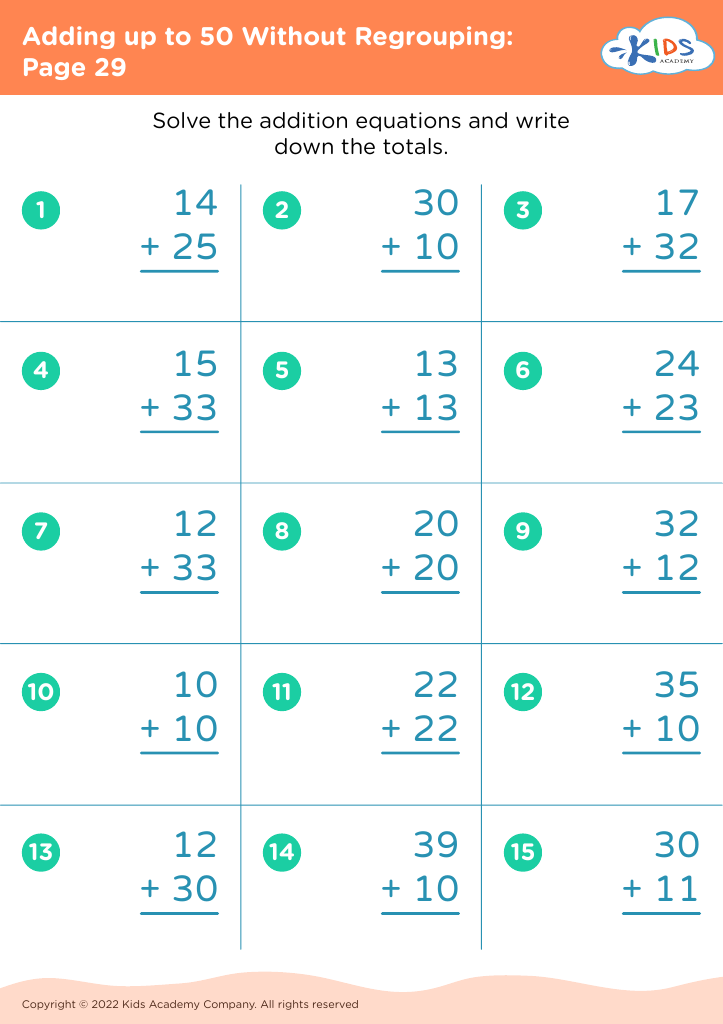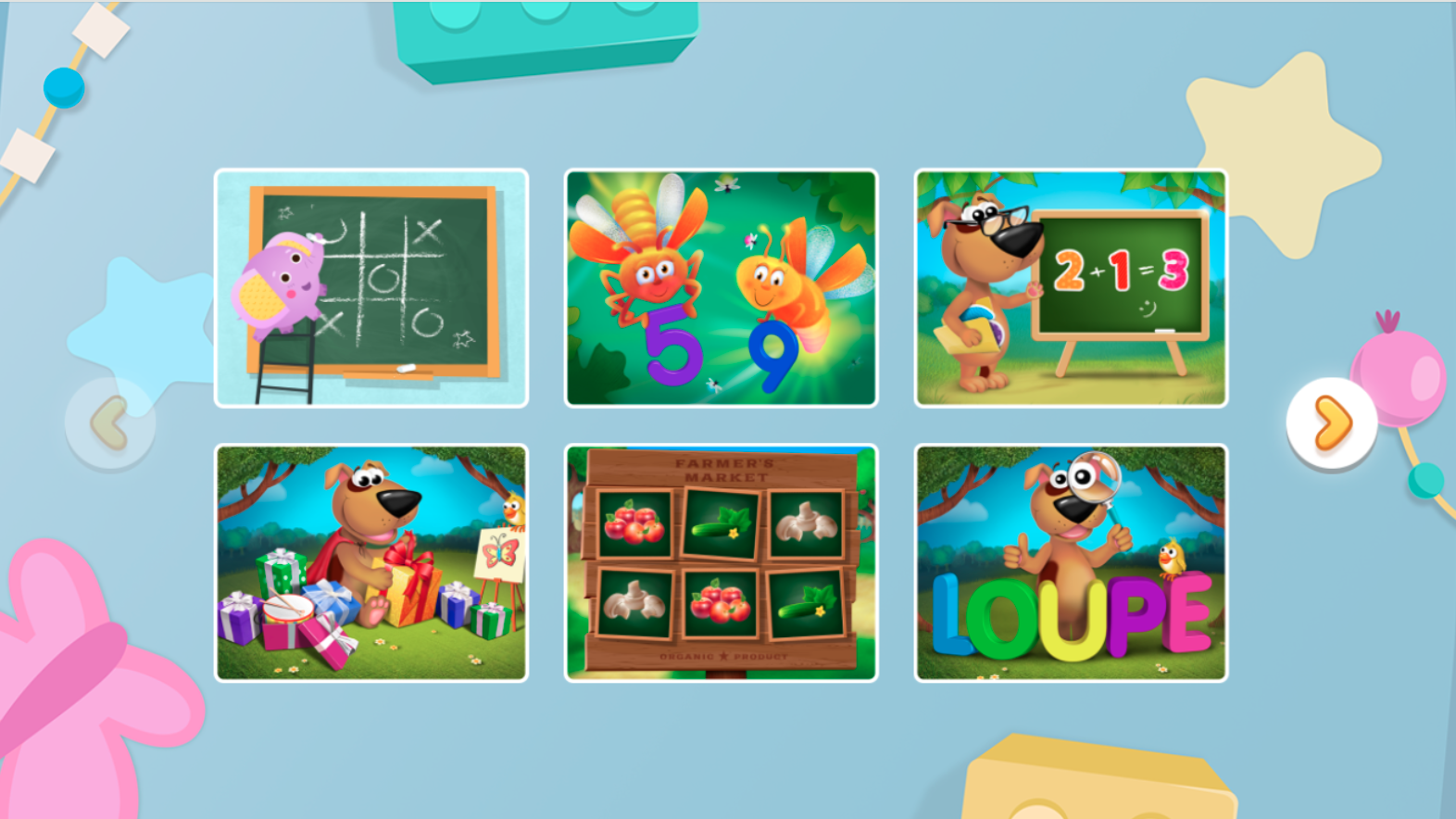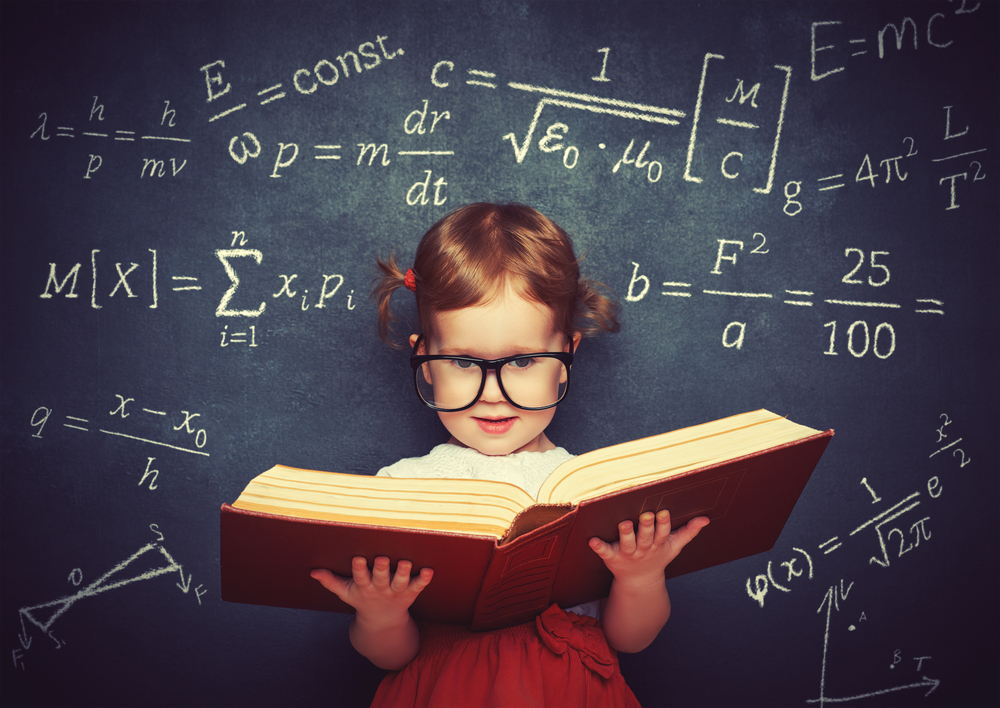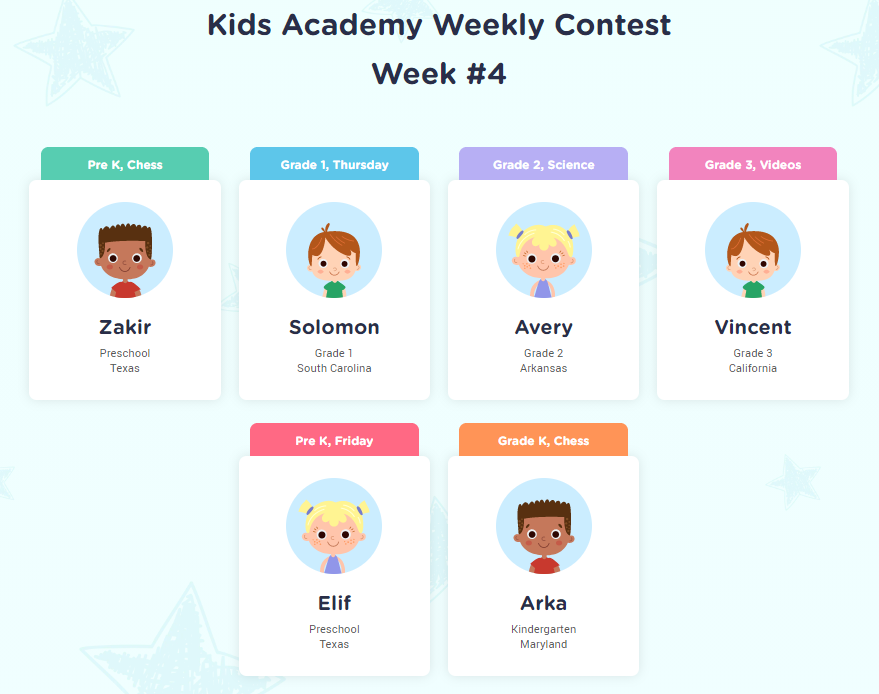Comparing objects Math Worksheets for Ages 5-9
8 filtered results
-
From - To
Discover our engaging "Comparing Objects Math Worksheets" designed for children ages 5-9! These worksheets make learning fun while helping young learners develop essential math skills. By comparing sizes, weights, and quantities, students enhance their critical thinking and analytical abilities. Our worksheets include colorful illustrations and interactive exercises that capture children's attention and ignite their curiosity. From simple comparisons to more complex tasks, there's something for every learning level. Perfect for classroom activities or at-home learning, these resources support early math education and inspire a lifelong love for numbers. Explore our collection and watch your child thrive in their math journey!
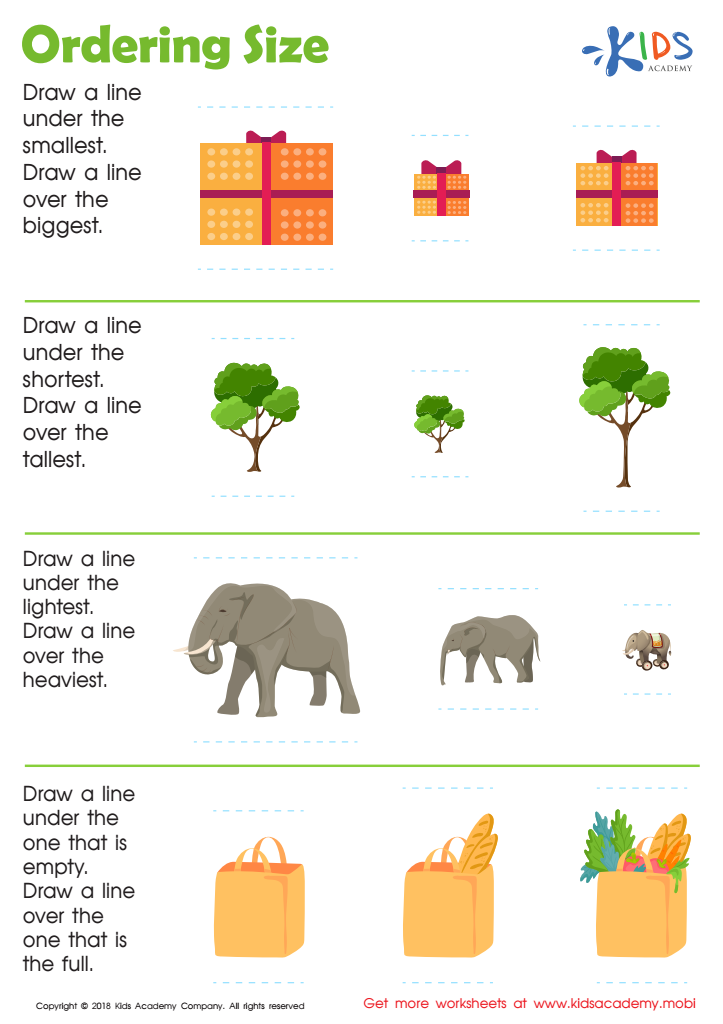

Ordering Size Worksheet


Shapes of All Sizes Worksheet
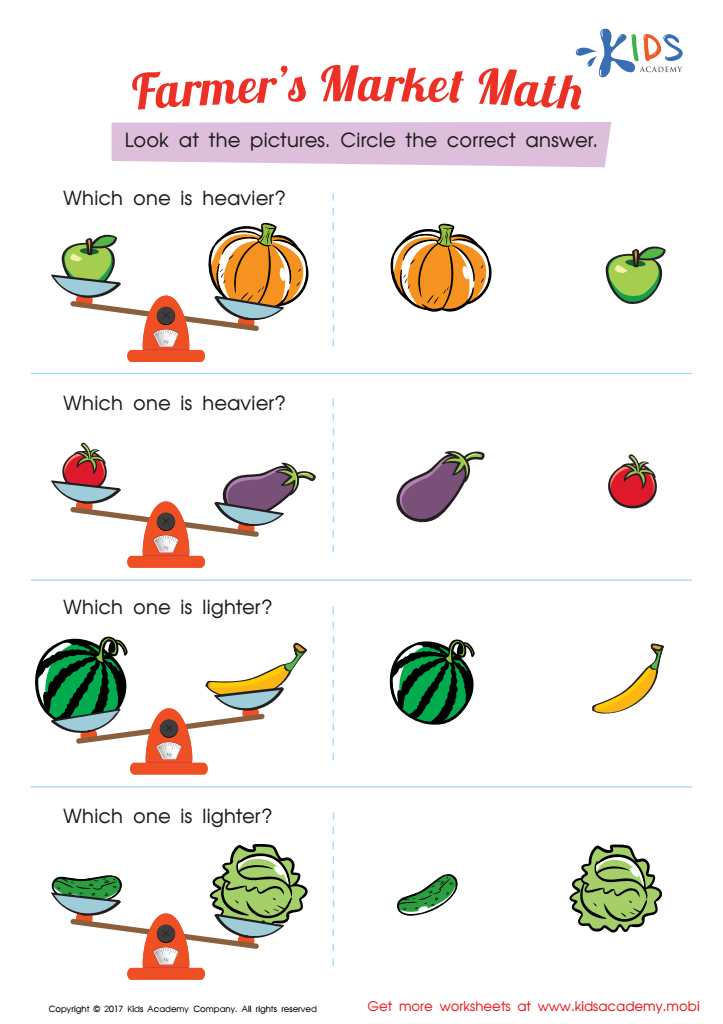

Which One Is Heavier Worksheet
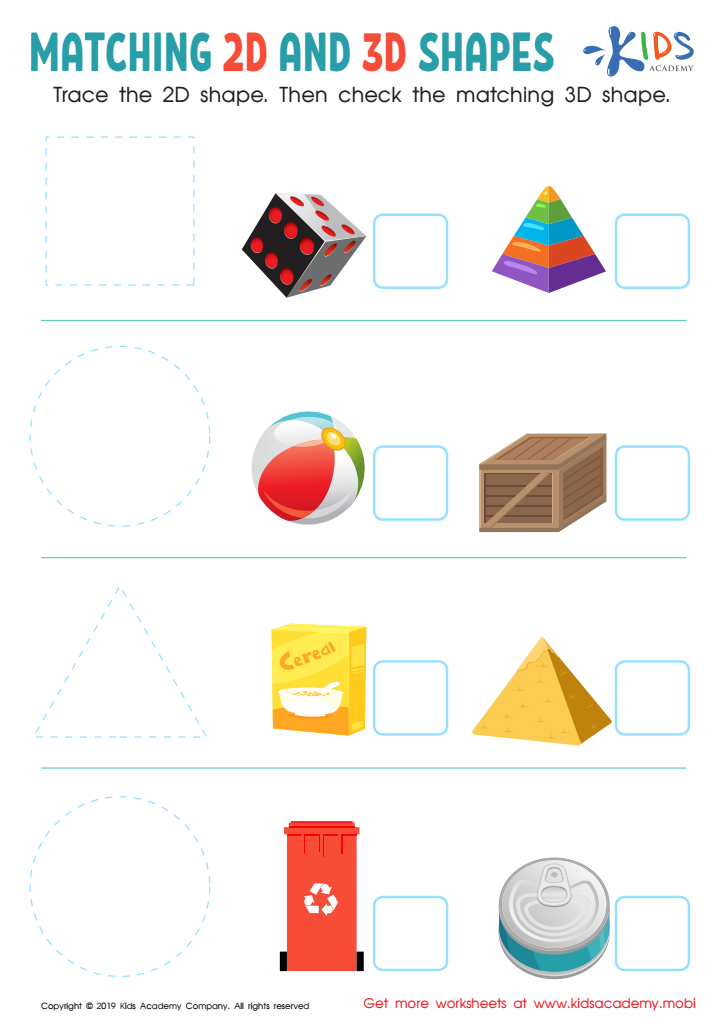

Matching 2D and 3D Shapes Worksheet


Heavier or Lighter? Worksheet


Classifying by Size Sorting Worksheet
Comparing objects in math is a fundamental skill crucial for children aged 5-9, as it lays the groundwork for their understanding of more complex mathematical concepts. By engaging in this practice, children learn to identify similarities and differences in size, weight, quantity, and other attributes, which sharpens their observational skills and critical thinking abilities. Encouraging comparisons helps children develop their language skills by describing objects and expressing their thoughts clearly.
Moreover, understanding comparison fosters mathematical reasoning. When children learn to analyze and categorize objects, they establish foundational concepts in addition, subtraction, and measurement. This skill not only enhances their calculation abilities but also promotes logical thinking essential for problem-solving.
In addition, comparing objects cultivates confidence in young learners. As they successfully make comparisons and draw conclusions, they gain self-esteem in their academic abilities, which motivates further learning and exploration. Engagement in these activities can be fun—using everyday objects can make lessons relatable and enjoyable!
Ultimately, prioritizing the skill of comparing objects in early education not only enriches a child's mathematical toolkit but also prepares them for a lifetime of learning, creating a strong foundation for their future academic pursuits.
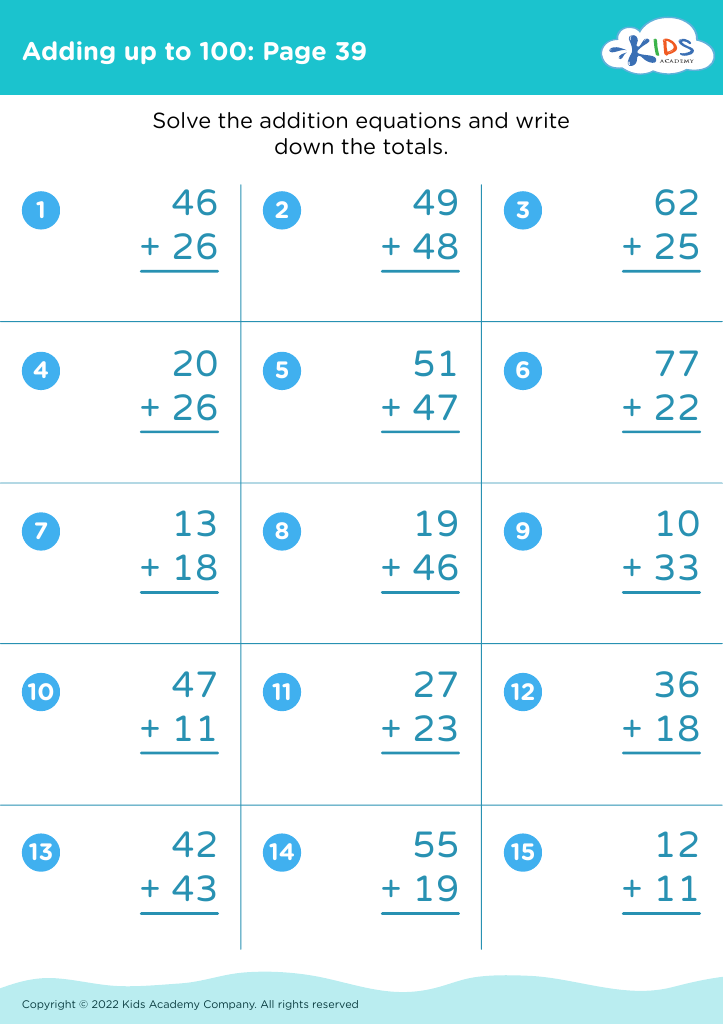

 Assign to My Students
Assign to My Students
